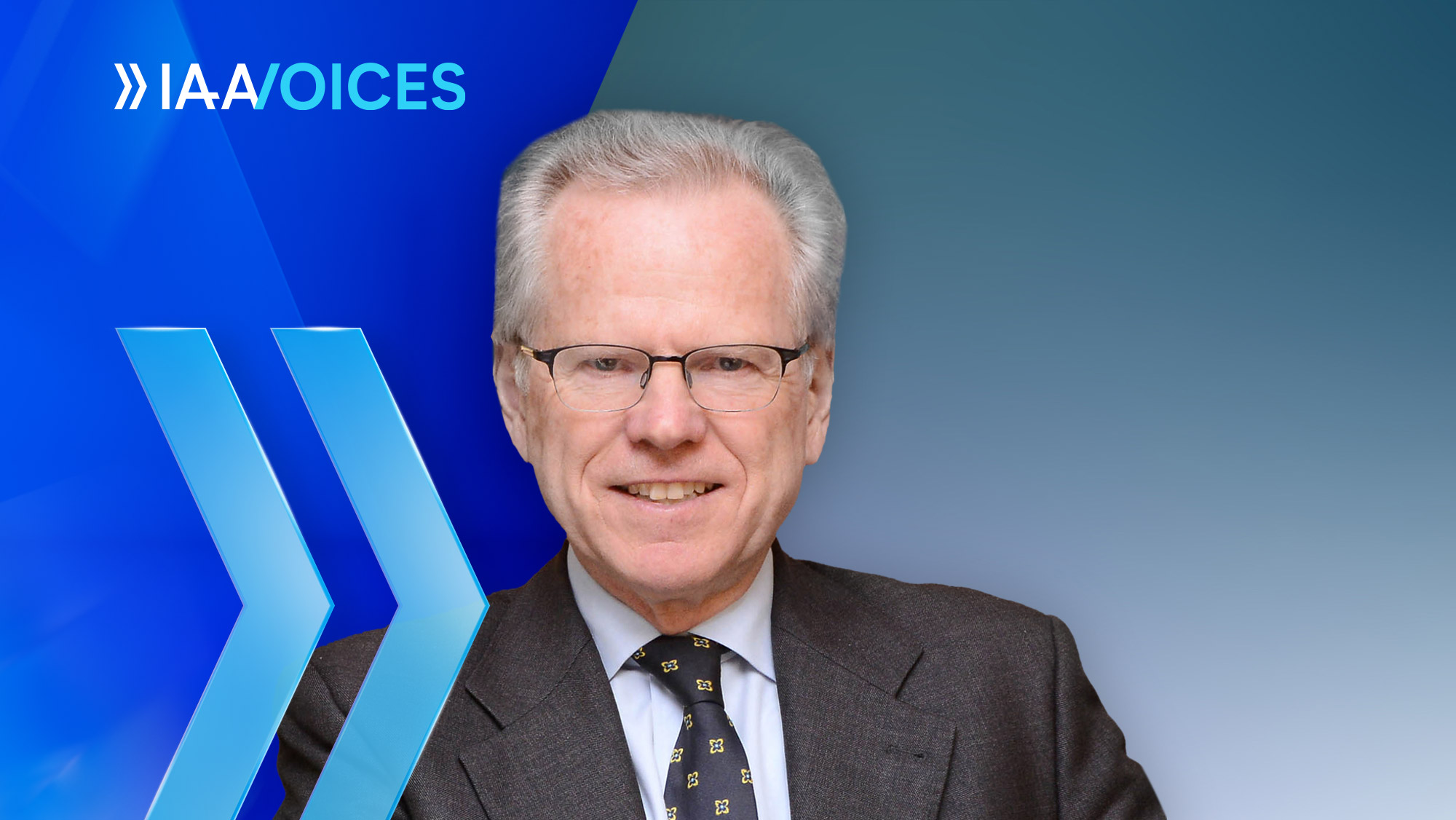
The XYTE ONE is the first vehicle in a new category designed specifically for urban environments. We are developing an electric commuter vehicle that combines the agility of a scooter with the safety of a car — with the goal of making cities more livable, cleaner, and safer.
Our team brings together over 200 years of OEM experience — from BMW and Jaguar Land Rover to Rolls-Royce — and is on a mission to redefine urban mobility:
Big Idea. Small Footprint. Massive Impact.
1. What key trends are currently shaping the development of your field?
Urbanization is the megatrend that changes everything: more and more people are moving to cities, while car traffic in urban areas needs to be reduced. Traditional cars are running out of space — but the desire for personal mobility remains.
Three trends are particularly driving this shift:
- Electrification,
- the need for safe alternatives to motorized two-wheelers,
- and the growing awareness that urban space should be returned to people.
Without new vehicle categories, these urban challenges cannot be solved — and that’s exactly where we come in.
2. How important is IAA MOBILITY as a platform to drive innovative ideas and partnerships?
For us, IAA MOBILITY is the ideal venue to find partners who, like us, believe that mobility needs to be reimagined.
The event attracts multipliers, investors, potential technology collaborators — and most importantly, people who want to move freely.
It’s a major opportunity to expand our network, increase visibility, and tell our story.
3. What practical applications and partnerships do you expect to be highlighted at IAA MOBILITY?
We expect the IAA to showcase just how diverse electric mobility will be in the future.
Beyond the classic passenger car, smart solutions for commuters, logistics, and shared urban use are becoming increasingly important.
In particular, partnerships between corporate fleets and startups like ours could be a key driver to bring new vehicle concepts to market faster.
4. What projects will you be showcasing at IAA MOBILITY?
At IAA MOBILITY, we will offer an exclusive first look at the pre-production version of our vehicle, which will launch in early 2026 in cities like Paris, Barcelona, Milan, Rome, and Munich.
Visitors will be able to experience our concept firsthand — and see how we combine the safety of a car with the agility of a scooter.
We’re also offering an exclusive opportunity to reserve one of the 500 limited units of our Launch Edition.
5. How can IAA MOBILITY help make sustainable technologies and approaches more accessible to a wider audience?
By showing that sustainability is not a limitation, but a step forward.
IAA MOBILITY has the power to spark a broader societal dialogue that goes beyond traditional automaker offerings:
How do we want to move around our cities in the future? What kinds of vehicles do we need?
By presenting our concept here, we want to contribute to this conversation — and demonstrate that safe, comfortable, and sustainable mobility in cities and metropolitan areas deserves a new solution.
6. How do you collaborate with automakers to bring innovations to market faster?
To be perfectly honest: right now, we don’t — and that’s our strength.
The speed at which we innovate would not be possible within a traditional corporate structure.
At the same time, our team brings decades of OEM experience.
We follow a lean, partnership-based production model: we develop the concept and platform in-house and work closely with specialized partners for industrialization and manufacturing.
This allows us to scale flexibly — and bring our innovation to where it’s needed most, more quickly and efficiently: the street.